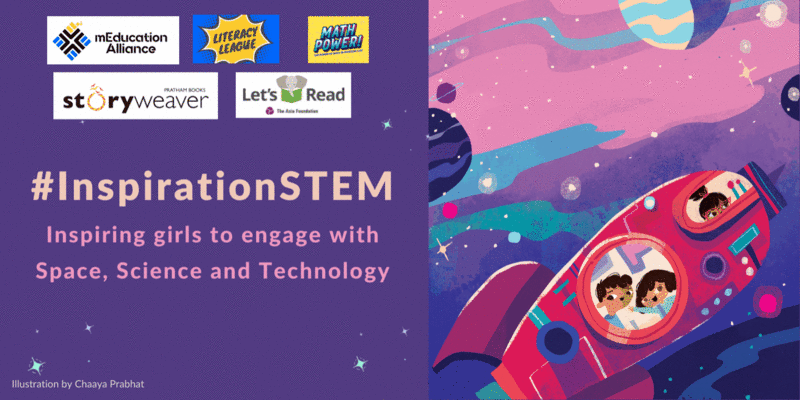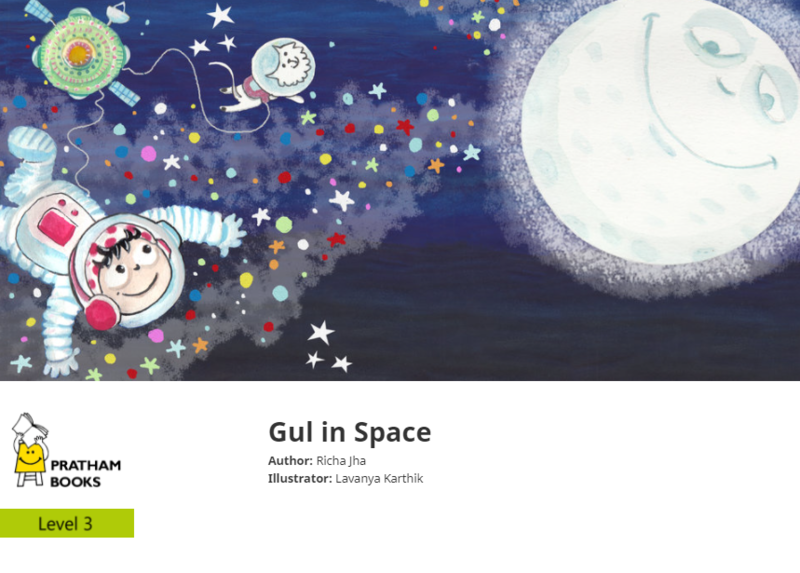Hackathons Usher in New Chapter for Children’s Books in Cambodia
Posted by Remya Padmadas on December 13, 2016by Elita Ouk. Photographs by Wendy Rockett.
Elita is a consultant for The Asia Foundation in Cambodia and Wendy Rockett is the Foundation’s Books for Asia senior communications manager. The views and opinions expressed here are those of the author and not those of The Asia Foundation or its funders. This post was originally published in The Asia Foundation’s In Asia blog here.
On September 18, nearly 20 publishers, editors, writers, and young technologists, ready with pencils and laptops, filled a co-working space in Cambodia’s capital, Phnom Penh, for the country’s first children’s e-book hackathon. The hackathon is part of Let’s Read! an Asia Foundation initiative that applies technology interventions to stimulate reading in developing Asian countries. By the end of the day, participants had created a series of engaging, original children’s content in electronic format, all in the Khmer language.
According to a 2015 Asia Foundation research study, 40 percent of Cambodian phone users own at least one smartphone, and a third of the population has access to the internet. Such increased access to technology is also opening up new opportunities for educational material to reach parents, teachers, and children, and helping to formulate a new way of publishing children’s content.

Hackathons have the potential to invigorate children’s book creation and distribution in Cambodia, where small amounts of children’s reading material are published every year. Shifting publishing from a linear process to a collaborative model lowers development and production costs and dramatically compresses the turnaround time. Photos by Wendy Rockett

Hackathon participants were divided into teams, each with a writer, illustrator, designer, and coder. An editor and children’s book experts from Room to Read guided the teams through the process, from conception to detailed storyboards and finished covers.

The teams spent most of the day refining the stories, with writers working closely with the editor to strengthen the narrative and sharpen the language, while illustrators continually refined storyboard drawings and cover art to make sure they were compelling to children.

For most of the writers and illustrators, the hackathon was the first time they had ever worked directly with each other in real time.

In 11 action-packed hours, the teams produced four stories that were further refined after the event: Big-Eyed Bee, the story of an adventurous and clever bee; Prach and Sathae, a tale of two boys who learn to resolve their differences; The Amazing Journey, the travels of a boy and girl with an intrepid alien; and The Storybook Princess, which captures the magic of storytime.

The Let’s Read! books will be freely available from the Ministry of Education’s Open Education Resource site, as well as through digital library apps such as Khmer LEARN for anyone to download, read, and adapt for their own use. The books will also be offered in e-pub and print-ready formats.

With the support of Smart Axiata, one of Cambodia’s leading telecom companies, the next hackathon in March 2017 will incubate even more publishing talent and further expand the quality and diversity of local children’s books.
Read more about Let’s Read!
You can follow The Asia Foundation on Twitter and Facebook.
Be the first to comment.Butterfly Smiles in South Delhi
Posted by Remya Padmadas on September 01, 2017Riddhi Dastidar, Outreach Team member shares her experiences from a recent storytelling session at a Teach for India classroom in Delhi.
Recently, I found myself making my way to a grade 7 classroom in South Delhi where a room with brightly colourful walls, filled with little girls with red-ribboned hair, smiling faces, and questions in their shy eyes awaited me. We walked in as Sameera ‘Didi’ was finishing up a lesson. Sameera is a lawyer turned Teach For India Fellow. Teach For India’s vision is that one day all children will attain an excellent education. In 2016, Teach For India impacted students across 353 schools in seven cities across India.
We were there to share Mathangi Subramanian's 'A Butterfly Smile', a story that follows the journey of little Kavya who has just moved to the big scary city of Bengaluru from her native village where her parents used to be farmers. Now they live near a noisy construction site far from the colours and butterflies of her old home. She decides to venture her knowledge about butterflies on a class-trip to the butterfly garden and in the process begins to find a new sense of belonging.

This story was especially appropriate for a TFI classroom, where the message is always that right outside your comfort zone is where the magic can be found!
On this day, Mathangi and the children read the story together, and the children filled in facts that they already knew about butterflies. We discussed what it felt like to be new, to move somewhere completely different and what helped them to be brave like Kavya in a tough situation!

We touched upon how butterflies actually come from caterpillars sleeping in big fat coccoons. Much like the cocoons, the girls were bursting to the brim with questions for Mathangi about her life as a writer. They got into groups and decided which of their many questions to ask:
“How long have you been making stories?”
“How do you decide the topics for your books?”
“How do you create your characters?!“
“I wrote my first story when I was five and I published my first book when I was 35 – so it took me 30 years!” Mathangi told them, blowing their minds.
“I like telling stories but it takes a lot of work and patience to become a writer. It comes from watching how people who are different from me live- so with this story, I was walking down a street in Bangalore and noticed some kids playing in a construction site…"
We discussed the research that goes into deciding what to write about and all of the little tiny everyday observations that go into the creation of characters and books. Observation and listening were superpowers the girls were trying to practice in their own lives too.
“It’s sometimes about meeting people, sometimes about reading things- but it’s mostly about seeing everything in the world”, Mathangi shared.
After the session, we said goodbye with many hugs and waves, but the conversation continued.
The girls compared and contrasted their lives and the things that made them brave, as shy 7 year old babies to now as 12 year olds who feel capable of taking care of themselves.
After Mathangi’s revelations on how being a careful observer played a big role in her life as a writer, the children picked up this thread to talk about where they observed and absorbed things from- from their families and homes to the increasing influence of their peers, teachers and the outside world as they grew up. Some brought up the point that while as a norm, parents want the best for them and were where they got their brave from, sometimes they could be wrong too. Some of the girls brought up the subtle ways in which their gender sometimes felt like a cocoon of the limiting kind instead!
This is the role we hope to play with our STEM books - to get children thinking about science, themselves and their connection to the world around them - and to leave their brains buzzing and the ideas and words flowing- long after we leave the room, or the last page of a book is turned.
You can read A Butterfly Smile in 5 languages on StoryWeaver.
You can see more photos from the session here.
(All opinions expressed here are those of the individual.)
Be the first to comment.StoryWeaver partners with mEducation Alliance for #InspirationSTEM campaign
Posted by Julia M on February 17, 2022We are excited to mark International Day of the Girl 2021 and World Space Week with the launch of a very special collaboration with mEducation Alliance, #InspirationSTEM, a campaign designed to celebrate and support young girls to pursue STEM education and careers — including those focused on space.
With this initiative, StoryWeaver hopes to inspire engagement with STEM themes using relatable storybooks, encouraging girls to continue aspiring.

We are thrilled to kickstart this campaign with ‘Gul in Space’. A level 3 storybook written by Richa Jha and illustrated by Lavanya Karthik.

What would you like to do on your birthday? How about taking a walk in OUTER SPACE! Here’s a story that will make you jump with joy… and if there’s no gravity under you, you might just stay exactly where you are! Get ready to explore space with Astronaut Gul.
Gul, the protagonist, is a young girl who dreams about going to space. When an opportunity presents itself in front of her, she takes it without waiting for any permission from anyone. Her actions are inspiring to children, encouraging them to invest in their dreams. The poetic language in the book captures the sheer joy and excitement experienced by someone who manages to fulfil their dream, subtly but effectively invoking the readers. The illustrations further connect readers to the concepts and way of life about space.
Read ‘Gul in Space’ here.
Be a part of this year-long engagement with StoryWeaver and the #InspirationSTEM campaign!
For more details about the #InspirationSTEM campaign, visit the mEducation Alliance page here.
comments (2)